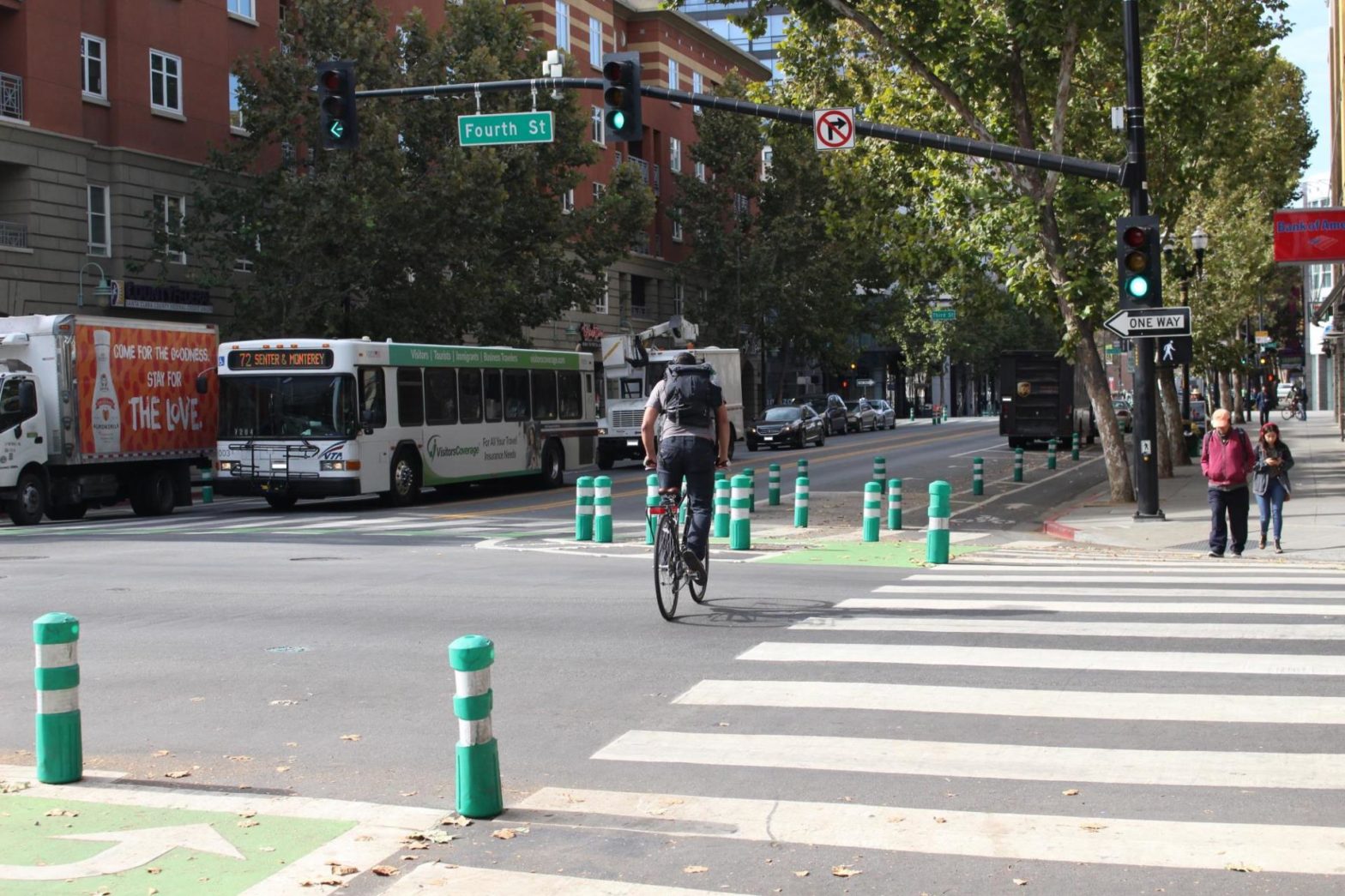
Photo: dreamstime_s_87168606 – emissions
US cities may be underestimating their emissions
26 February 2021
by Sarah Wray
A new study finds that US cities could be underestimating their greenhouse gas emissions by an average of 18.3 percent and in some cases by up to 145 percent.
The researchers put the discrepancies largely down to inconsistencies in the way cities calculate emissions.
The study, published in Nature Communications, compared the self-reported emissions inventories of 48 major US cities to estimates from a detailed emissions information system developed by researchers at Northern Arizona University. It found “large differences and a systematic under-reporting of urban emissions by cities”.
The cities in the study included New York, Chicago, Los Angeles, Dallas, Denver and Philadelphia.
“The results of this comparison were surprising,” said Professor Kevin Gurney of Northern Arizona University’s School of Informatics, Computing, and Cyber Systems, who led the research. “The differences were large and varied widely from one city to the next. When averaged, the self-reported emissions were almost 20 percent below the emissions estimated by the Vulcan system.”
He added that the average doesn’t tell the whole story, noting that Cleveland, Ohio reported emissions 90.1 percent below the Vulcan estimate while Palo Alto, California reported emissions 41.7 percent greater than the researchers’ system.
“The adage ‘you can’t manage what you can’t measure’ is really applicable here,” Gurney said. “Cities need a comprehensive and accurate assessment of their emissions. Without it, they could target the wrong emissions sources in their landscape for emission reduction or think they are on an emissions trajectory to meet their target, when in fact, they are not.”
He added that this accuracy is also crucial to getting and keeping citizens on board with climate action.
Methods vary
Cities typically estimate their GHG emissions using tools such as the US Community Protocol for Accounting and Reporting of Greenhouse Gas Emissions, developed by ICLEI; the Global Protocol for Community-Scale Greenhouse Gas Emissions Inventories (GPC), developed by the World Resources Institute, C40 Cities Climate Leadership Group and ICLEI; and the Global Covenant of Mayors Common Reporting Framework.
The process remains complex, though, and methodologies still differ. The report highlights key areas of variance such as accounting for shipping and airborne emissions and on-road emissions, for instance.
Further, cities may miss or exclude certain categories due to data challenges or resource constraints.
The Vulcan tool, which Gurney and a team of science and climate specialists, have developed over 15 years offers a standardised system for quantifying greenhouse gas emissions. It was funded by the National Aeronautics and Space Administration (NASA) and the National Institute of Standards and Technology (NIST), and quantifies and visualises greenhouse gases emitted across the entire country down to individual power plants, neighbourhoods and roadways.
In an interview with Cities Today, Gurney described it as “a big data mining machine”. It uses around 30 different datasets related to CO2 emissions, including federal databases, regulatory data, Highway Administration data, energy statistics and fuel consumption figures, as well as information on land parcels, buildings, traffic and demographics.
“It really is a giant mixture of different datasets that we bring together and then we try to place the emissions as best we can in space and time across the whole landscape,” Gurney said.
The results from Vulcan are compared to atmospheric measurements to confirm accuracy.
Next steps
Gurney says the system can also help cities better prioritise and target their climate actions down to the specific pieces of roadway or buildings that are creating the most emissions. In one city, for instance, the tool shows that around 10 percent of the physical road surface accounts for 60 percent of on-road CO2 emissions. With this insight, cities could achieve results faster and at lower cost.
Gurney is pushing for federal agencies in the US and global organisations more widely to consider adopting Vulcan as a systematic way to track emissions.
He uses the analogy of the weather: “In the same way that we wouldn’t expect every city or state to collect weather data, run a weather model and figure out their own weather, it doesn’t seem very efficient to have every single city engaging in this redundant activity, which is costly, tedious and very time-consuming. We have a centralised system that we’ve built much like a weather forecast system, and we can make this foundational data available to everybody.”
Laura Jay, C40’s Regional Director for North America, told Cities Today: “The report underscores how critical cities are to addressing the climate crisis. It also makes an important case for a strong partnership between the federal government, states and cities with a focus on which specific emissions each level of government can most effectively address, as well as cities working closely with the business community to bring down emissions from all sectors.
“We welcome any new insights that can improve our efforts to reduce emissions, particularly those within cities’ direct control.”
The next steps for Gurney and his team are looking at ‘scope 3 emissions’ in the value chain, as well as globalising the research using remote sensing.
Cities Today has contacted the cities of Cleveland and Palo Alto for comment.
Update (Feb 11): ICLEI published a response to the paper in Nature Communications, including a Technical FAQ. It states: “The GHG accounting method in the study is atypical in local GHG accounting, it is not fully comparable with city inventories, and does not address some of the key policy levers that drive cities to conduct GHG inventories and develop GHG mitigation strategies.”
Image: Dezzor | Dreamstime.com










